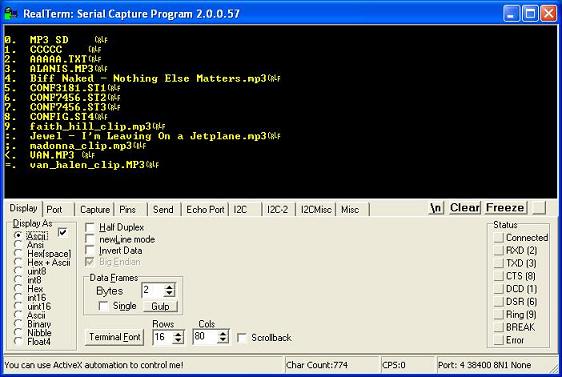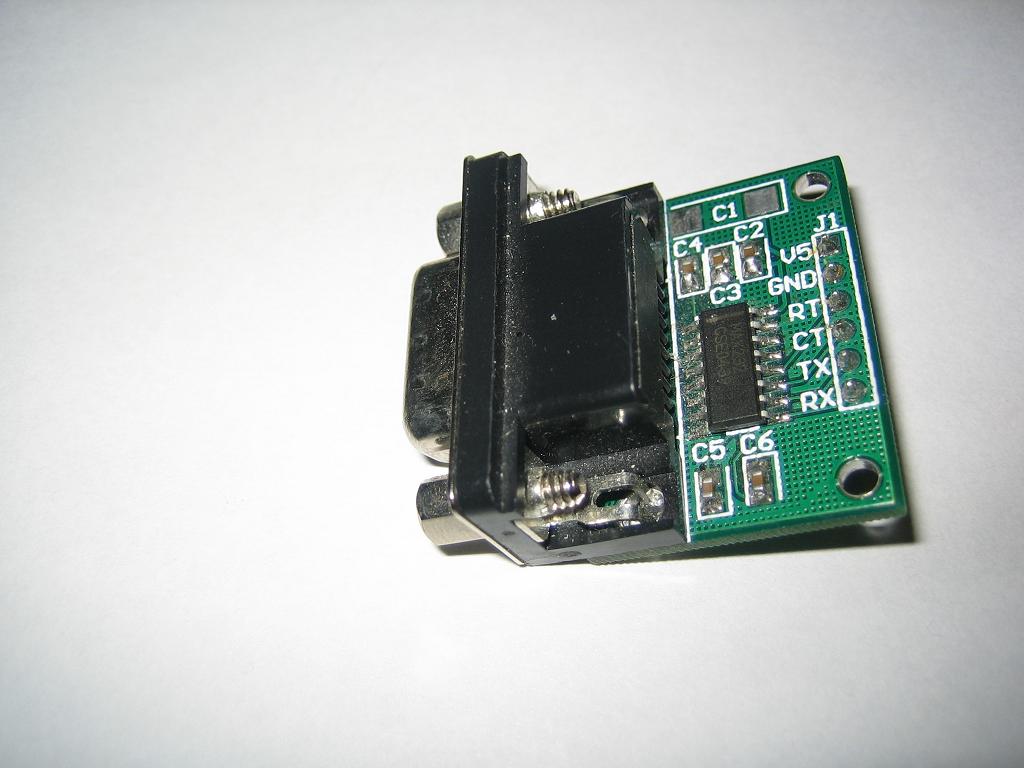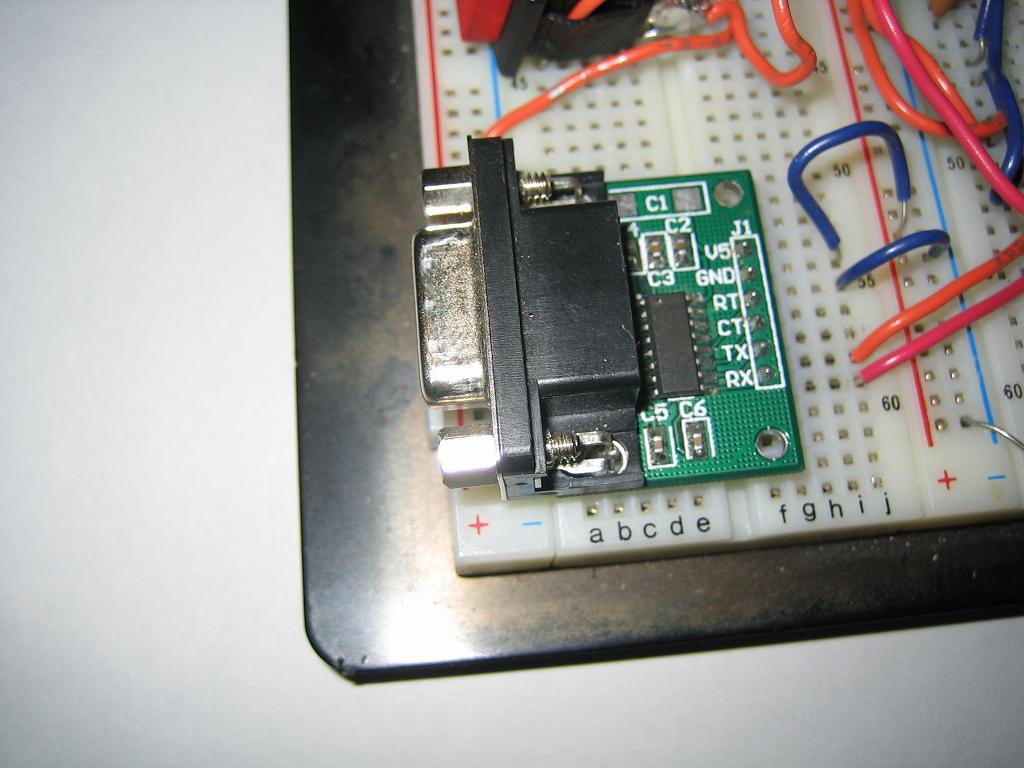Building a serial port board with the max232 device
In this tutorial, we're going to build a serial port that can connect your PIC's TX and RX pins to your pc or other hardware using a max232 chip.
Many circuits will require some serial port communication, you may buy yourself a rs232 to TTL adapter off the net for as little as $10, or you can build one yourself. The max232 is a very popular chip. It converts your 5v circuit to the 12v required for serial communication to things like your PC. Many microcontrollers have RX and TX output pins. Here is a image of the max232 adapter I purchased. It has input pins for RX, TX, CT, RT as well as GND and 5v. The RX and TX pins can be directly connected to your PIC.
Now, lets build our own!
First get yourself a RS232 port, you can cut up one of your serial port cords, or buy a port from the store for a dollar or two.
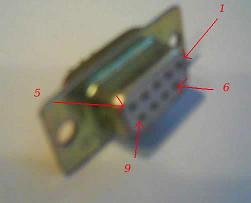
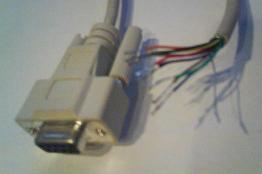
I am going to use a cut serial port cord since it already has leads on it, and is long enough to reach my pc. Use your multi-meter to find the pin numbers, and touch up the wires with solder so they’ll go into your breadboard easily.
Now build the circuit, As you can see, you will need the max232 chip from your local electronics store and a few 1uf capacitors.
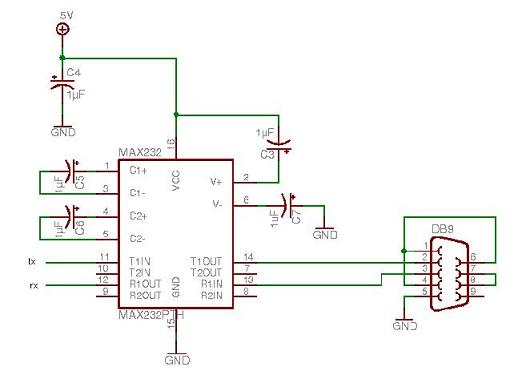
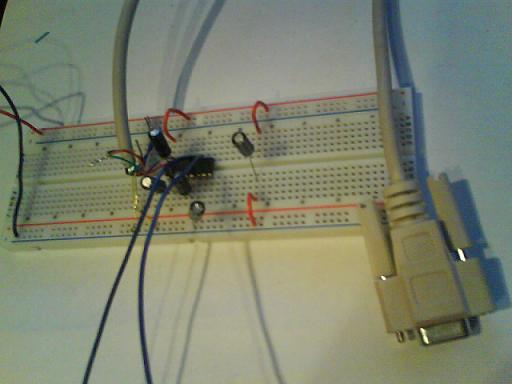
Great job, now connect the RX and TX pins to your circuit, and plug the rs232 port directly your pc, or to a usb-to-serial adapter, or even to a bluetooth-to-serial adapter for short range wireless.
I strongly suggest you make this on a PCB with pins that will plug to your breadboard. you’ll use it a lot!
In this image, I did not complete my PIC circuit, but I think you get the idea:
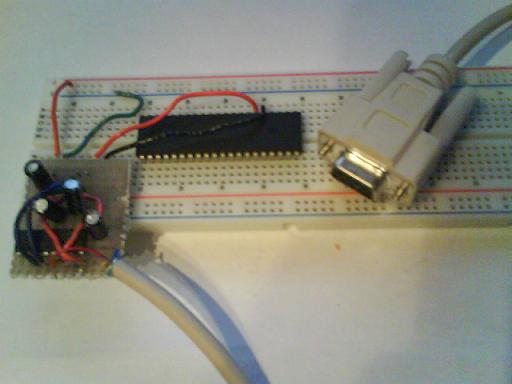
You can use serial_hardware lib or serial_software lib to transmit data to your pc, check for it in the other jallib projects. I suggest the software realterm for sending/receiving data to your PIC
Open Source REALTERM http://realterm.sourceforge.net/
It can be downloaded for free from http://sourceforge.net/projects/realterm/files/
Open the software, click “Port”, choose your speed and port number and press “open”
Hex output

ASCII output
